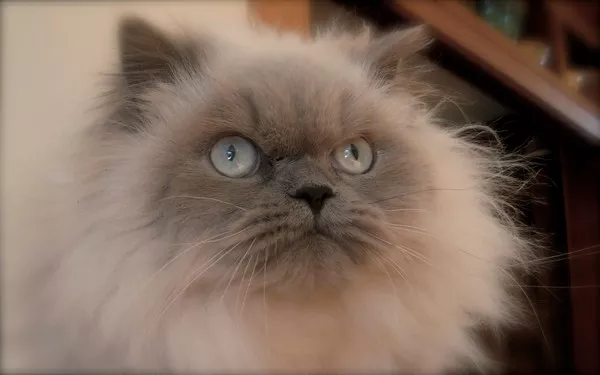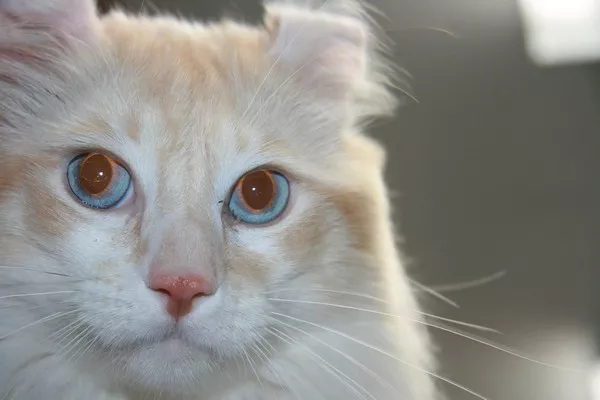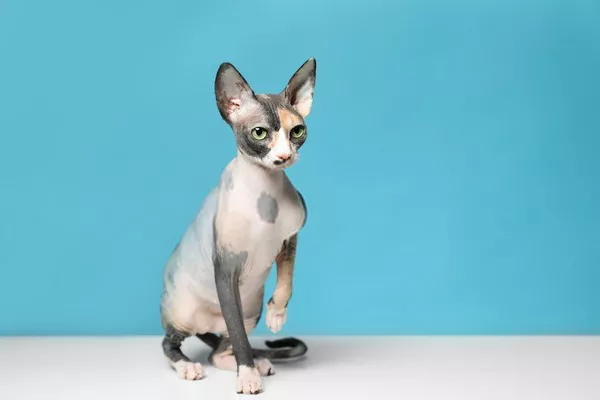Himalayan cats, with their striking blue eyes and luxurious long coats, are a popular breed known for their elegance and affectionate nature. To ensure the overall health and wellbeing of these beautiful felines, it’s crucial to provide them with a balanced and nutritious diet. In this article, we will explore the best food options for Himalayan cats, taking into consideration their unique dietary needs and preferences.
1. Understanding the Nutritional Needs of Himalayan Cats:
Before delving into specific food choices, it’s important to understand the nutritional requirements of Himalayan cats. These felines require a diet rich in proteins, essential fatty acids, vitamins, and minerals to maintain their lustrous coat, support their bone and joint health, and promote overall vitality.
2. High-Quality Commercial Cat Food:
Commercial cat food is a convenient and widely available option for feeding Himalayan cats. Look for high-quality cat food brands that prioritize real meat as the primary ingredient. Avoid products containing fillers, by-products, or artificial additives. Opt for formulas specifically designed for long-haired breeds or those that mention skin and coat health on the packaging.
3. Wet vs. Dry Food:
Both wet and dry cat food can be suitable for Himalayan cats, but a combination of both may offer the best balance. Wet food provides hydration and can be beneficial for cats with lower water intake. Dry food, on the other hand, helps maintain dental health and can be left out during the day without spoiling. It’s essential to choose reputable brands that meet the nutritional requirements of your Himalayan cat.
4. The Importance of Protein:
Protein is a crucial component of a Himalayan cat’s diet. Look for cat foods that list high-quality sources of protein such as chicken, turkey, fish, or beef as the main ingredients. Taurine, an essential amino acid for cats, should also be present in adequate amounts. Avoid plant-based protein sources, as cats are obligate carnivores and require animal-based proteins for optimal health.
5. Essential Fatty Acids:
Healthy fats, particularly omega-3 and omega-6 fatty acids, are vital for maintaining the health of a Himalayan cat’s skin and coat. Look for cat foods that include ingredients like fish oil or flaxseed, which are excellent sources of these essential fatty acids. A shiny and well-conditioned coat is not only visually appealing but also an indicator of a cat’s overall health.
6. Cat Food Allergies and Sensitivities:
Himalayan cats, like other breeds, may develop food allergies or sensitivities. Common allergens include grains, dairy, and certain meats. If you notice signs such as itching, gastrointestinal upset, or excessive shedding, consult with your veterinarian to determine if your cat has any specific dietary requirements or if an elimination diet is necessary.
7. Human Foods to Avoid:
While it can be tempting to share your meals with your Himalayan cat, certain human foods can be harmful or even toxic to them. Foods to avoid include chocolate, onions, garlic, grapes, raisins, caffeine, alcohol, and artificial sweeteners. These substances can pose serious risks to your cat’s health and should be strictly avoided.
Conclusion:
Providing a balanced and nutritious diet is crucial for the overall health and wellbeing of Himalayan cats. By selecting high-quality commercial cat food with real meat as the primary ingredient, incorporating both wet and dry options, and ensuring adequate protein and essential fatty acids, you can help your Himalayan cat maintain a healthy coat, strong bones, and vibrant energy levels. Always consult with your veterinarian to address any specific dietary concerns or potential allergies, and remember to avoid sharing human foods that can be harmful to your feline friend. With proper nutrition and care, your Himalayan cat can thrive and bring joy to your household for years to come.

























